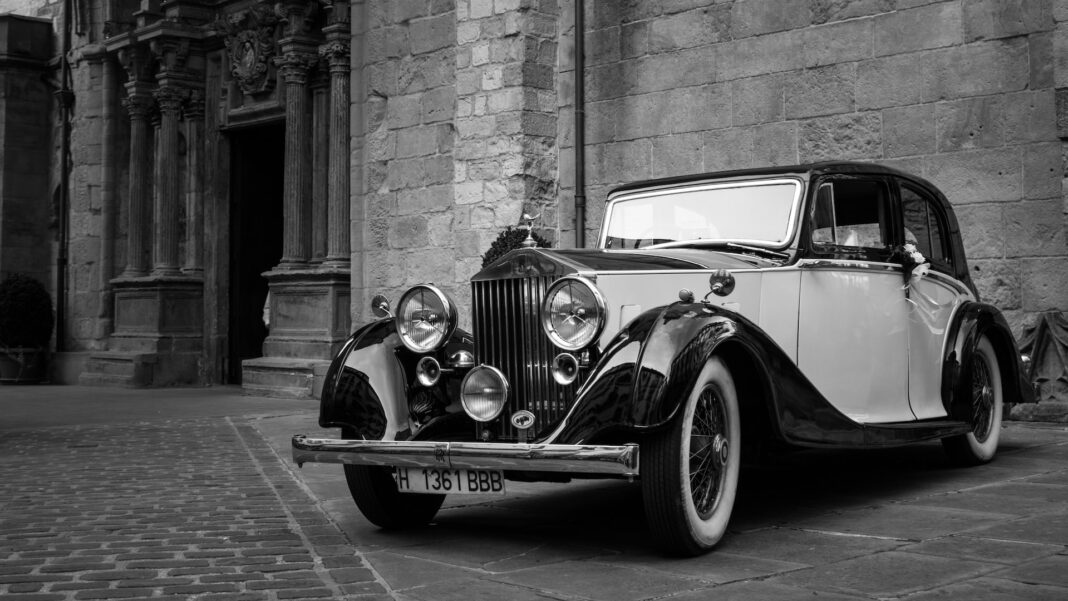Cars are an indispensable way of transport today. Millions of cars line up on roads every day, causing traffic jams and pollution. But it wasn’t always this way. Many years ago, people mostly used animals like donkeys, horses, and camels to get about faster. But in the fast-paced world of today, animals are not practical and simply not fast enough. So what is the history of the invention of cars, how was the first car invented, and how did it evolve into the smart vehicles we have today? Let’s take a ride back through the historical albums of automobile inventions to learn more!
The first invention of cars
The first car ever invented is very different from the car of today. It was powered by a steam engine and not gasoline. And it looked more like a carriage than a car. The first car was invented by Nicolas Cugnot in 1769. Interestingly, he is also responsible for the first-ever car accident as he accidentally drove one of his cars into a stone wall!
As you can imagine, the steam-powered car didn’t work very well. It was slow and expensive to maintain. Carl Benz was the first man to invent the gasoline-powered car in the 1870s. Benz’s car was called the Motorwagon, and it could go up to six miles per hour. If you were to ride a motor wagon today, it would look like something out of a slow-motion movie!

But before Benz, there was another inventor called Seigfried Marcus who built the internal combustion car, but his work was suppressed during both the world wars in Germany, and he is no longer credited for his invention today.
But the prototype car created by Carl Benz was the earliest example of the ‘modern’ automobile. The structure was used as a foundation for the 1901 Mercedes, which was designed by Wilhelm Maybach. This was the first car to be sold commercially, and it incorporated technologies like transmission, brake pedals, clutches, and accelerators.
The credit for when the first car was made in America is shared by Doctor J.W. Carhart, who invented the steam-powered car in 1871, and Frank and Charles Duryea, who invented the gasoline-powered car in 1893.
The evolution of the car industry
The car industry began with the invention of the first car in the 1870s and has grown into a massive industry today. Now there are many automobile manufacturers in America alone, vying for a place in the market. As much as we now have a long range of car types and models to choose from, there wasn’t much of a choice in cars some decades ago.
In the 20th century, there was a rising interest in motor vehicles. Many companies specializing in other businesses began to consider automobile production. One such company was Peugeot which was established in 1810 as a coffee milling business. However, history states that the first company to sell cars commercially to the public were Mercedes-Benz. The first car company in the United States was the Duryea Motor Wagon Company, but it is no longer in operation. And the Auto Car company, founded in 1897, is the oldest car business in America that is still in operation.
In the past, cars were only owned by very wealthy people of high social standing. Cars were rare and expensive. Seeing a car on the road was a moment of excitement and curiosity for the public, and many days would pass before a car would pass at all. But once factories began the mass production of cars, they steadily became accessible to all classes of people. In the early days of the car industry, the car manufacturer Ransom E. Olds dominated the American auto market. The Oldsmobile was then the most popular car in America.

Not long afterward, more American automobile companies began, like Cadillac, Winton, and Ford. It was only after Henry Ford, the inventor of the assembly line of the car, introduced the Model T that the dream of every American to own a car began to visualize. It was the first mass-produced car and sold more than 15 million units. The vehicle was affordable, and this, along with discoveries of large quantities of oil in Texas, cars were becoming common.
At that time, there was no threat of fuel depletion and no worry about global warming. So gasoline-powered cars ruled the streets in the 1920s, 1930s, and beyond. It was only in the 1960s that people began to consider alternatives to internal combustion cars. The first electric automobile was pioneered by Gustave Trouve in 1881.
Car trends of today

Today, gasoline-powered cars are becoming less popular, and more and more car manufacturers are focusing on electric and hybrid cars. Fully electric cars are probably the future of automobiles as fuel becomes more expensive and global warming increases. Hybrids are an ideal vehicle in terms of long-lastingness and fuel efficiency. But electric cars are still in the stage of development as they come with many challenges. We expect that technologists will come up with the perfect solutions to the problems with electric cars and give us fully evolved means of transport that are efficient and eco-friendly.
















